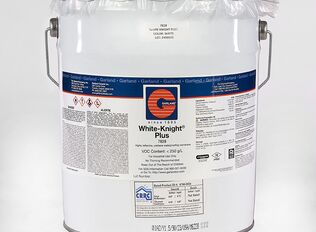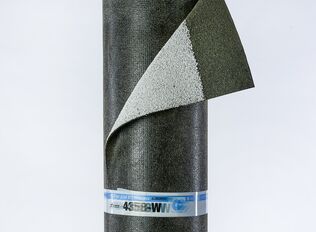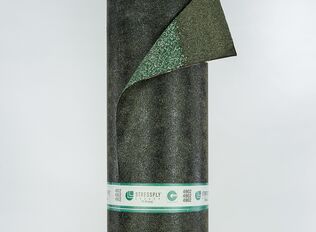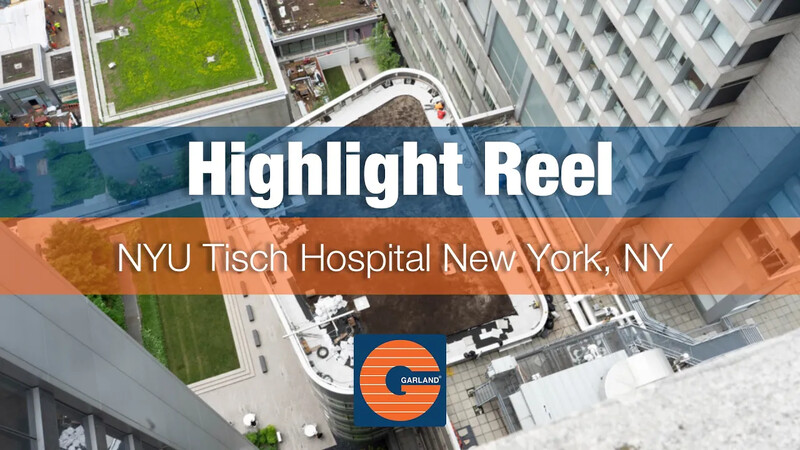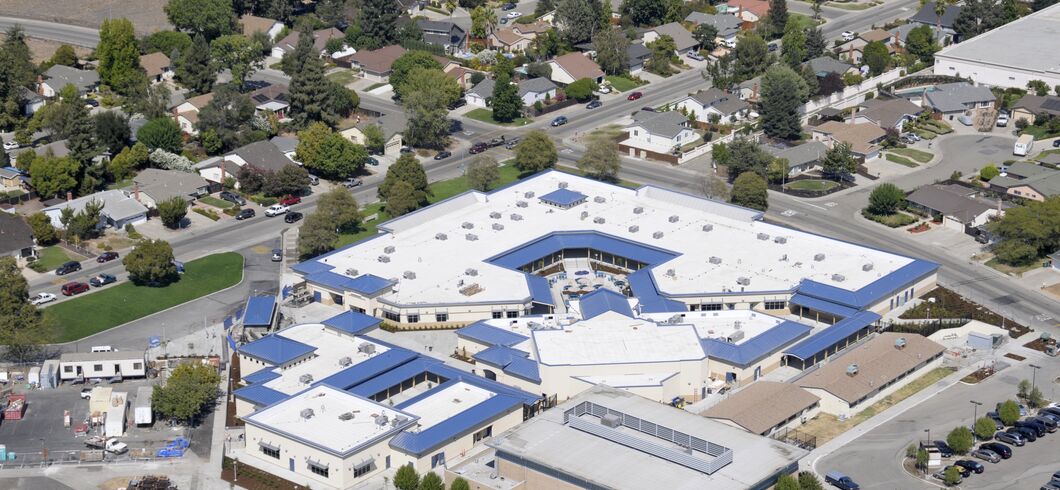"The trends are going this way, not just here but around the country"
The trend for many building owners to specify vegetative roofs, especially in urban areas, has several underlying drivers. The insulative properties of the soil and vegetation reduce the heat absorbed by the roof and improve energy efficiency inside. The soil also retains stormwater, which is a significant benefit in cities where rapid runoff of heated rainwater from traditional roofs can disturb ecosystems in nearby waterways. Lastly, the green roof provides an outlet for "biophilia," the innate human desire to connect with nature. Even a fleeting view of nature has proven benefits for mood, which can have additional benefits for hospital patients.
Watch the full video to see the transformation of this roof.
Watch Video
